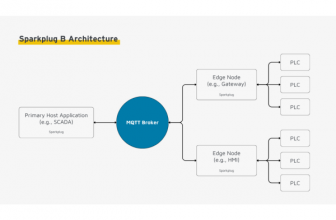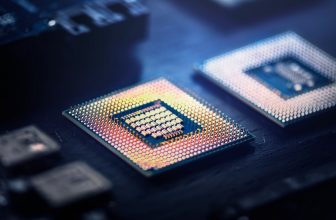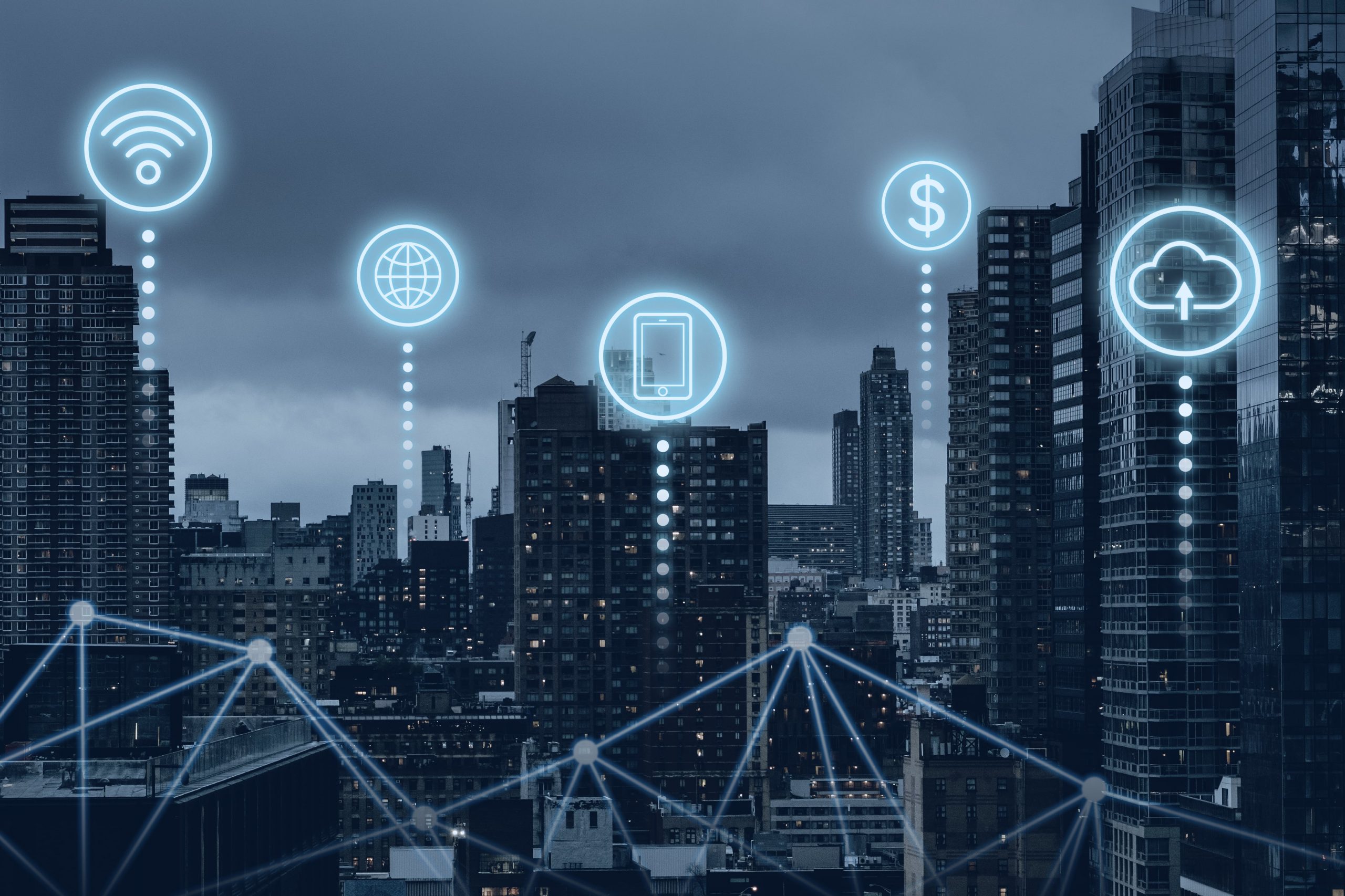
Do you want everything in your house to be automatic? Imagine this – you enter your room, and the lights turn on automatically. You have a humidity sensor in your house that helps you regulate your house’s humidity and temperature.
In addition, you can control almost every electrical appliance in your house with voice commands – like playing music and turning on the TV to your favorite show. All of this is possible with the help of IoT (Internet of Things).
IoT came into existence during the early 2010s. From Philips Smart Lights to Amazon Echo, you can simply use your voice to control various electrical devices in your house. With constant advancements made in this field, along with the integration of AI and machine learning to our daily lives – they have never been so technologically savvy and futuristic.
However, many people believe that the growth of IoT is slowing down. Moreover, many believe that a new form of technology using AI will permanently replace IoT in the future. However, whether this is true or not – that is the question we are here to find out.
Therefore, read this post till the end to learn whether IoT is still growing or is at risk of being obsolete in the next few years.
Current State of IoT Growth
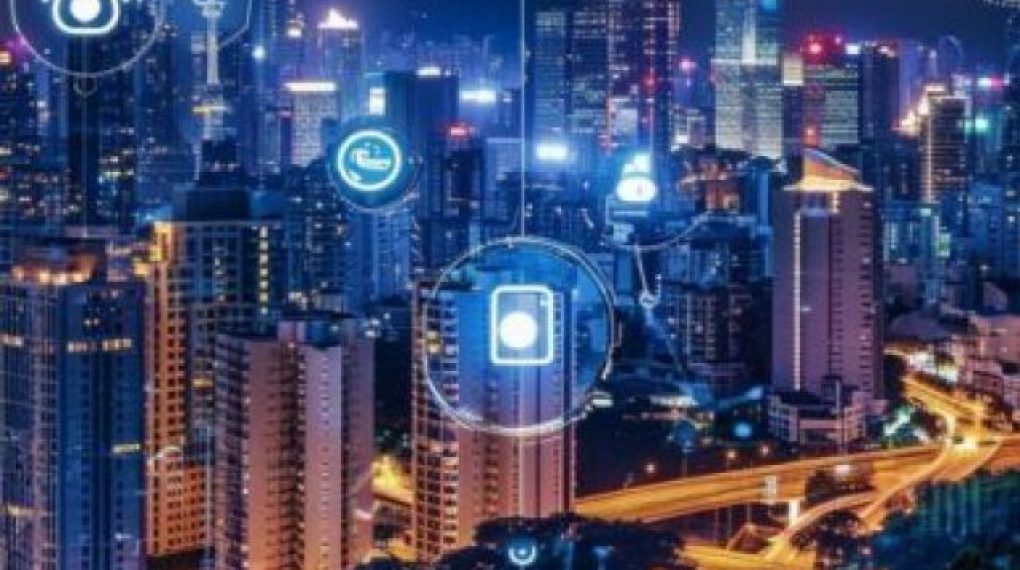
After extensively analyzing the current IoT market of 2024, here are some key facts about the growth of IoT:
Market Expansion
Most industry and market reports indicate that the IoT market and industry are growing at a rapid pace.
Recent industry reports indicate that the number of IoT devices in households globally will reach an all-time high of 30 billion in 2025. Moreover, this report also indicates the industrial growth of IoT devices in the last five years is 50%. This is because there were 20 billion IoT devices globally in 2020.
Additionally, these reports indicate that more new sectors and industries are adopting IoT devices. For example, agriculture, healthcare, and manufacturing industriuesn are increasingly adopting more IoT devices to make work easier.
Moreover, the concept of smart cities is now coming to the forefront. As the term suggests, a smart city is a city where everything is automated and controlled by the internet. While turning a city into a fully realized smart city will take a decade or two more, companies and governments have been investing more in IoT-powered smart cities in the last few years.
Technological Advancements
The growth of IoT totally depends on technological advancements. Therefore, if technology, in general, is developing at a slower pace, so will the IoT industry.
In addition, a majority of the IoT industry depends on the growth of the AI industry, which is growing rapidly. Since AI is now being integrated across all devices, one can say the same for IoT devices. Therefore, we might see better integration of AI assistants like Alexa, Siri, and Google Assistant with more IoT devices.
Moreover, the growth of the IoT industry also depends on edge computing. Edge computing is a new form of technology that aims to reduce latency across all devices. It does so by moving data centers closer to the data source, so that fetching information becomes easier. This approach is especially critical for Industrial IoT solutions, where real-time data processing and low latency are essential for operational efficiency and automation.
Therefore, if edge computing grows at a rapid pace, it will reduce the need for cloud connectivity on IoT devices. The result? Your IoT devices will have lesser latency and function quicker thanks to faster data sharing actors interconnected IoT devices.
Factors Driving IoT Growth
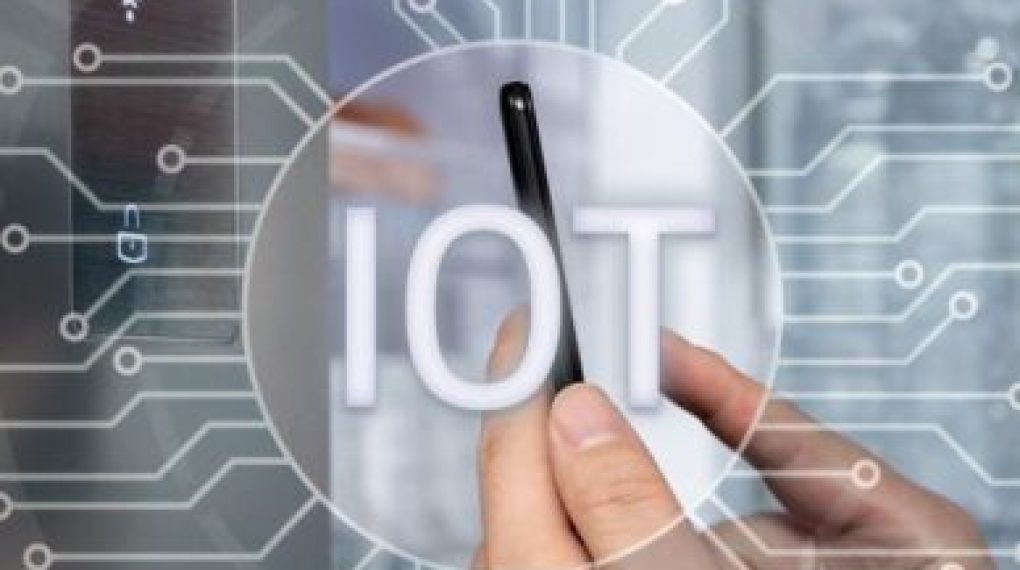
There are several factors that are directly responsible for the growth of the IoT sector, like:
Increasing Demand for Automation
Everyone wants a comfortable life now where they don’t have to move around too much or press too many buttons to get something done. Remember the animated movie Wall-E, where all humans have become obese and hardly get up from their automatically moving seats? Yep – it soon might be a reality now thanks to the growth of the IoT and robotics industry.
More and more industries now demand automation in every task they do. Therefore, since IoT is all about automating technology and interconnecting it, more developments are being made in this field.
For example, manufacturing industries are now moving towards 100% automation, reducing the need for human labor for arduous, repetitive tasks. Moreover, even the agricultural industry wants to integrate more IoT devices into their farms to monitor and manage soil conditions and irrigation. The result? A better yield for crops during harvesting season.
Smart Homes and Consumer IoT
As I mentioned earlier, everyone wants their homes to be smarter by using a smart home device. From automatic lights, music systems, smart doorbells, and more, automation is crucial for building smarter homes.
However, the use of IoT is not limited to home automation. Another primary use of IoT is to create a network of interconnected devices. For example, if you are listening to music, you would want your smart lights to blink in tandem with the rhythm of the song.
Another example is smart security cameras and lights, where the smart camera detects movement and the light automatically turns towards it. All of this is possible only when they are all connected to the same IoT network.
Therefore, many tech giants are releasing more IoT devices that are interconnected with each other. For example, Amazon Alexa, Google Home, and Apple Home – all such IoT brands are becoming more popular. This is true because the sale of these devices and their adoption in modern households have skyrocketed post-Covid.
Government Initiatives and Smart Cities
Governments worldwide are investing in smart city projects to improve urban living conditions and resource management. IoT technologies are at the core of these initiatives, enabling smart traffic management, waste management, energy distribution, and public safety systems.
Therefore, government support and funding for smart city projects are significant factors propelling IoT growth. This is why we expect the IoT industry to grow more in the upcoming years, thanks to new government initiatives.
Challenges to IoT Growth
While the IoT sector might be facing a state of constant growth, it’s not without its fair share of issues. Therefore, here are some of the pressing concerns that can hinder the growth of the IoT industry:
Security and Privacy Concerns
Despite its growth, IoT faces significant challenges, particularly regarding security and privacy. The vast number of interconnected devices creates a large attack surface for cyber threats.
Many IoT devices lack robust security measures, making them vulnerable to hacking and data breaches. Addressing IoT Security is crucial for sustaining industry growth, as consumers and businesses must trust the technology to adopt it widely.
Interoperability Issues
Interoperability remains a challenge in the IoT landscape. With numerous manufacturers and standards, ensuring that different devices can communicate and work together seamlessly is difficult.
Lack of standardization can hinder the integration and scalability of IoT solutions, limiting their effectiveness and appeal.
Regulatory and Compliance Hurdles
The regulatory environment for IoT is still evolving. Different regions have varying regulations concerning data protection, security, and device standards.
Navigating these regulatory landscapes can be complex for businesses, potentially slowing down the deployment of IoT solutions. Clear and harmonized regulations are needed to facilitate continued IoT growth.
Conclusion
As you can see, the IoT industry and market are growing at a rapid pace. With recent advancements made in the fields of AI and robotics, we expect the IoT industry to grow at an even faster pace in the upocoiming years than what it is now.
However, certain security concerns like invasion of privacy, data theft, and various interoperability issues must be weeded out to integrate IoT into our lives better.
Thanks for reading this post! If you have any questions, please comment below!
Read More…
Smart Home: The Future of Home Automation
Top 10 Home Security Systems to Have in 2024!
Top 12 Smart Lights for Your Smart Home in 2024!



